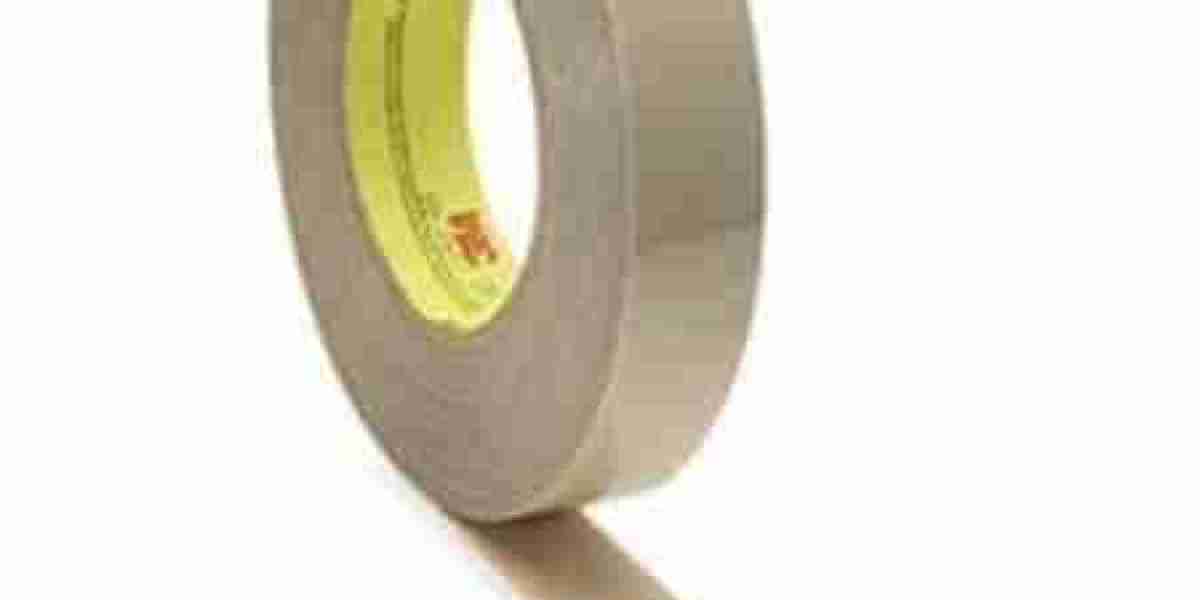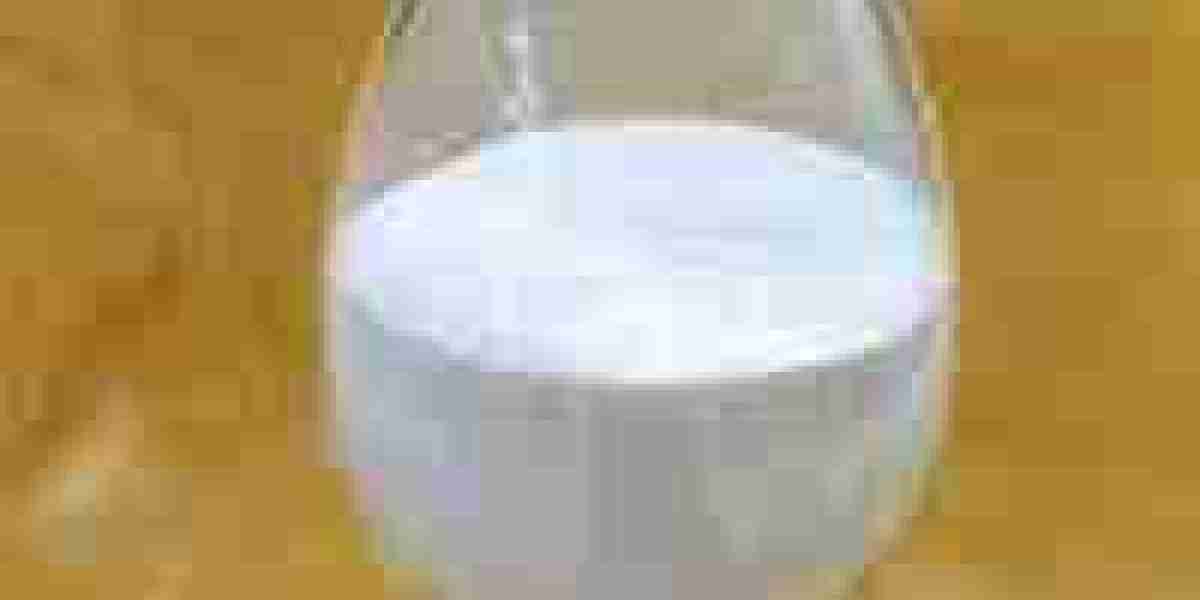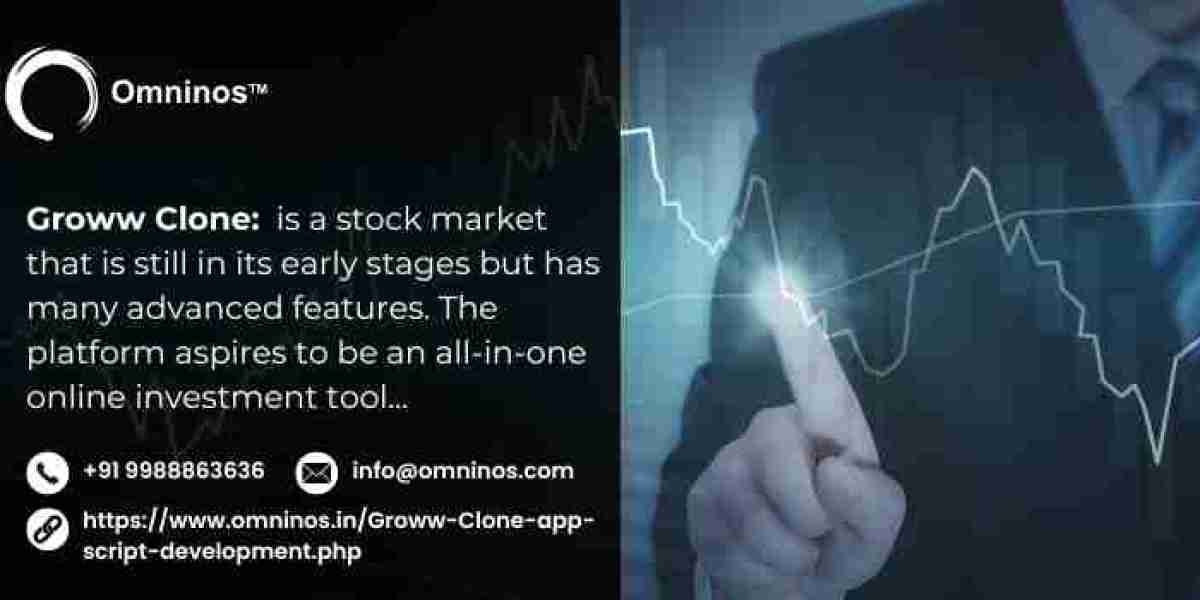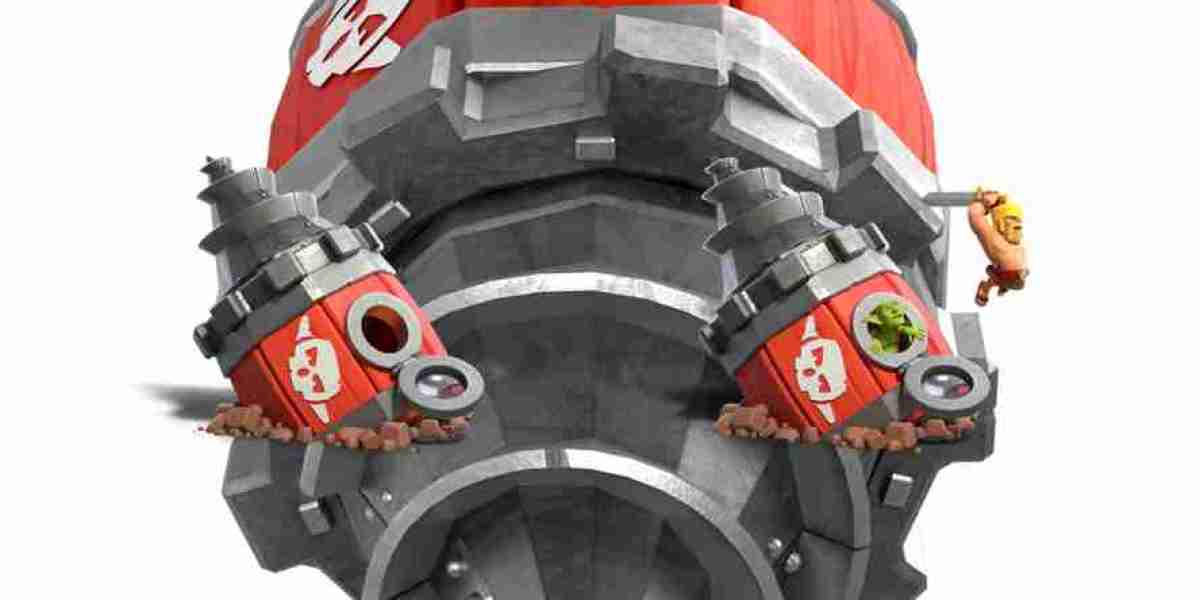The Ultra-High Bond (UHB) tape market is rapidly gaining attention across multiple industries due to its unique ability to provide strong, durable, and aesthetically clean bonding solutions. As a versatile alternative to mechanical fasteners, welding, and traditional adhesives, UHB tape has unlocked a new realm of possibilities in manufacturing, construction, electronics, and more. This blog explores the market potential of UHB tape, highlighting the opportunities and factors that contribute to its expanding footprint.
What Makes UHB Tape a Game-Changer?
UHB tape is a double-sided acrylic foam adhesive tape that delivers superior bonding strength between a variety of substrates including metals, plastics, composites, and glass. Unlike screws or rivets, UHB tape distributes stress evenly across the bonded area, offering excellent vibration resistance and long-term durability.
Its ease of application, clean finish, and ability to bond dissimilar materials without damaging surfaces make it especially attractive in industries where design and performance are critical. These attributes position UHB tape as a key enabler of innovation in product design and manufacturing.
Growing Demand Across Key Industries
The market potential of UHB tape is closely tied to its rising adoption in several fast-growing sectors:
1. Automotive Industry
With global automotive manufacturers focusing heavily on lightweight materials to meet emission regulations and improve fuel efficiency, UHB tape is gaining popularity. It facilitates bonding of lightweight metals like aluminum and composites that reduce vehicle weight without compromising strength or safety.
The growth of electric vehicles (EVs) further fuels demand for UHB tape, as these vehicles require reliable adhesion solutions for battery packs, electronic sensors, and interior components. Given the rapid expansion of the EV market, this segment offers significant upside potential for UHB tape manufacturers.
2. Construction and Architecture
Modern architectural designs often incorporate large glass panels, metal facades, and composite materials, where aesthetic appeal and structural integrity are paramount. UHB tape provides a weather-resistant, strong, and seamless bonding option that eliminates the need for visible fasteners.
As urbanization and infrastructure development accelerate globally, especially in emerging economies, demand for advanced bonding solutions like UHB tape is expected to rise, driving growth in the construction sector.
3. Electronics and Consumer Appliances
The trend towards miniaturization, lightweight designs, and sleek aesthetics in consumer electronics and household appliances calls for bonding solutions that do not add bulk or interfere with device functionality. UHB tape’s ability to bond small, delicate components reliably makes it indispensable in this sector.
With the proliferation of smart devices, wearables, and compact appliances, this industry segment represents a high-growth opportunity for UHB tape applications.
4. Renewable Energy
The renewable energy sector is expanding rapidly, with solar and wind power installations increasing worldwide. UHB tape is widely used in bonding solar panels and wind turbine components because it offers excellent durability under harsh environmental conditions and simplifies assembly processes.
As governments and companies commit to sustainability goals, renewable energy projects will continue to push the demand for UHB tape.
Regional Market Potential
Asia-Pacific stands out as the most promising region for UHB tape growth, driven by robust industrial manufacturing bases in China, Japan, South Korea, and India. The region’s focus on automotive production, electronics manufacturing, and infrastructure development creates an ideal environment for UHB tape adoption.
North America and Europe, characterized by mature markets, continue to show steady demand supported by technological innovation and strict regulatory standards emphasizing product performance and sustainability.
Emerging markets in Latin America, the Middle East, and Africa, while currently less penetrated, hold untapped potential. As these regions develop infrastructure and manufacturing capabilities, the adoption of advanced bonding technologies like UHB tape is expected to increase.
Technological Advancements Unlocking New Opportunities
Innovation in adhesive chemistry is driving the expansion of UHB tape’s market potential. New formulations improve adhesion to low-energy surfaces, enhance temperature and chemical resistance, and enable repositionability or clean removability. These advancements are broadening the range of applications and industries where UHB tape can be effectively used.
Additionally, integration with automated manufacturing processes and precision application technologies ensures consistent quality and efficiency, encouraging wider adoption in high-volume production environments.
Challenges to Address
While the market potential is substantial, some barriers remain. The relatively higher cost of UHB tape compared to traditional fastening methods can slow adoption in price-sensitive sectors. Surface preparation requirements also add complexity to manufacturing processes.
However, the long-term benefits—such as reduced assembly time, improved product aesthetics, and enhanced performance—are encouraging more companies to invest in UHB tape solutions.
Conclusion
The market potential for Ultra-High Bond tape is vast and growing. As industries worldwide prioritize lightweight, durable, and visually appealing bonding methods, UHB tape stands out as a critical enabler of modern manufacturing and design innovation. By capitalizing on expanding applications, technological progress, and geographic growth, manufacturers and suppliers in this space have a strong opportunity to capture significant market share and drive the future of adhesive bonding solutions.




